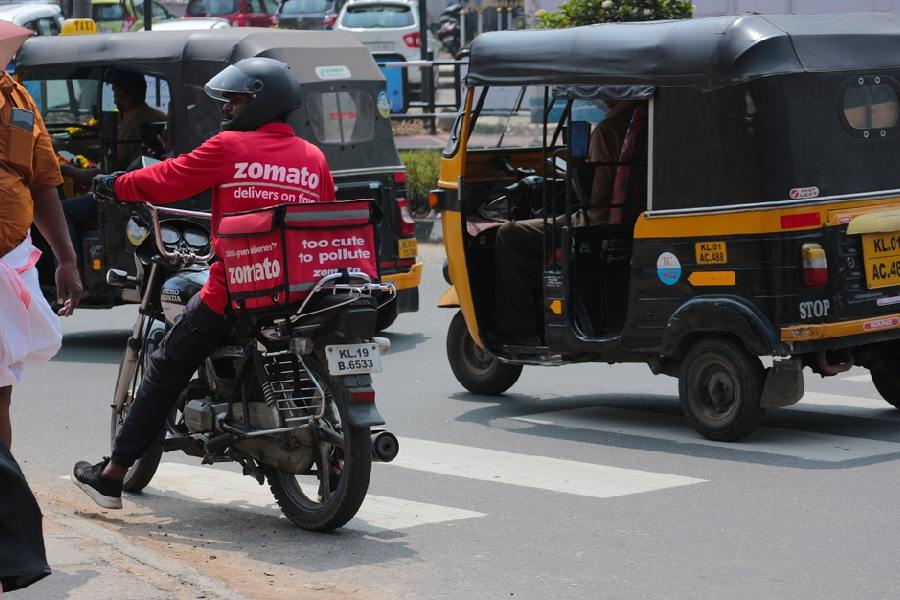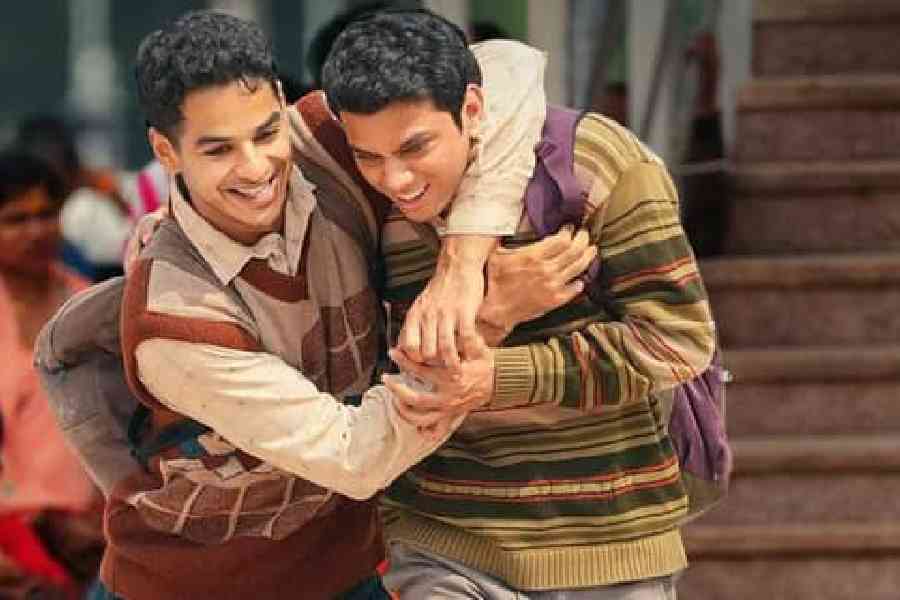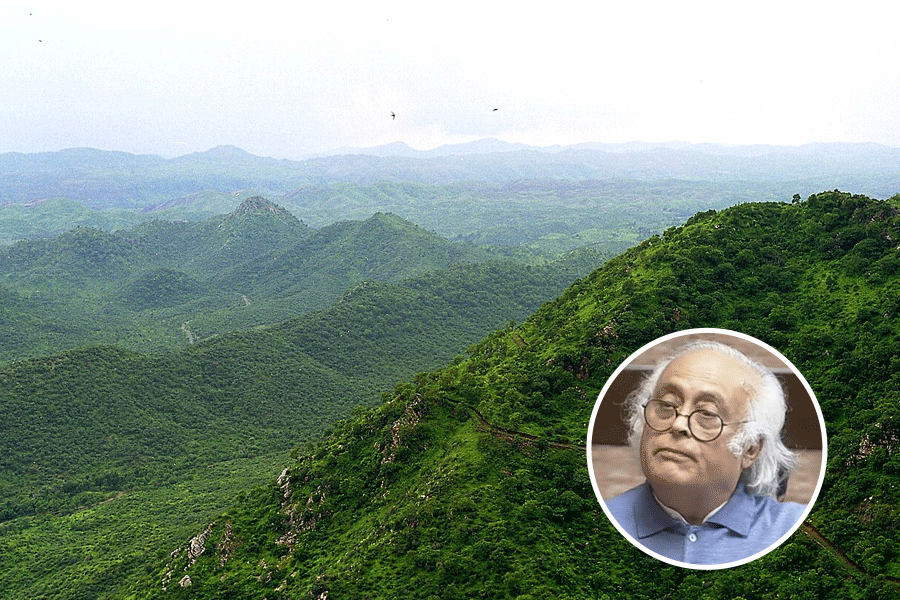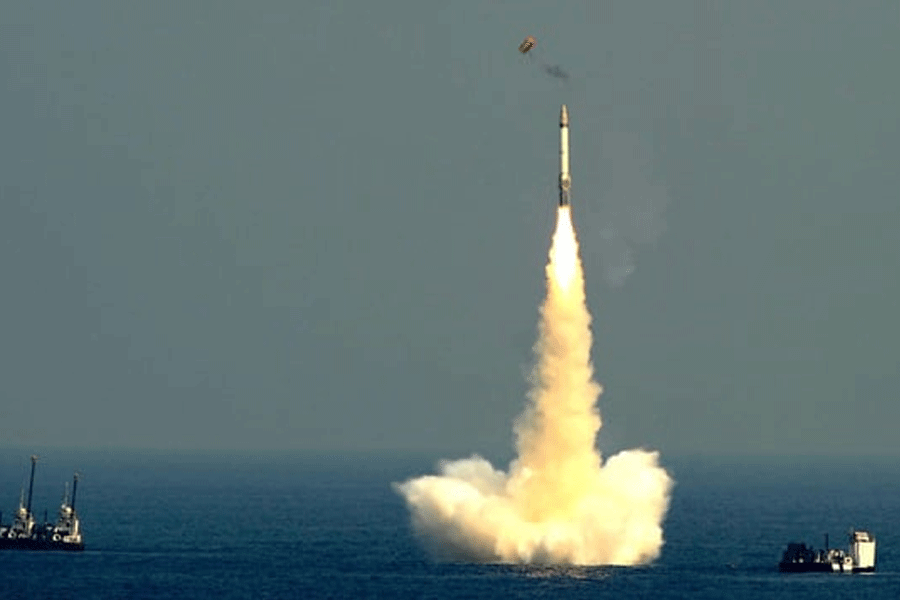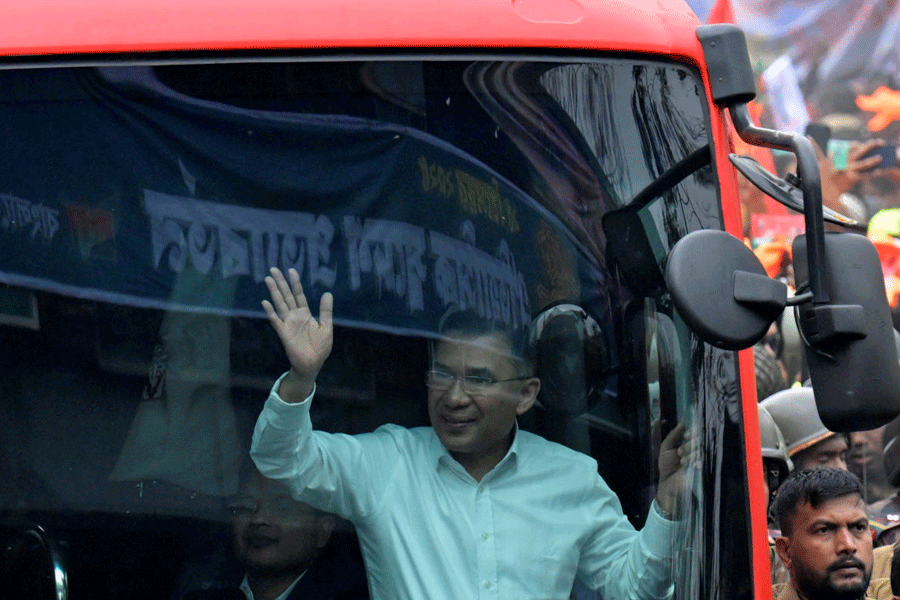Indians, according to A.R. Rahman, have to be rescued from the synthesizer. But they could be brought back to it once they are musically better educated. No one would know better than Rahman the complex relationships among music, entertainment, digital technology and globalization, particularly in the context of contemporary film-music. But in all this postmodern music-making, what is the place of the Classical? This seems to be the idea, question and problem at the heart of Rahman’s new brainwave — the KM Music Conservatory at Chennai and the national symphony orchestra that would come out of it.
Calling it a ‘conservatory’ suggests a rigorous education in classical music in the Western mode. And this is what Rahman wants to initiate with both singers and instrumentalists, according to proper international standards. But he is equally interested in teaching his students state-of-the-art music technology, and how to ‘market’ themselves professionally. The other synthesis he wants to bring about is in teaching both Western and Indian classical music in this conservatory. So, what his symphony orchestra will play, and what the newly trained composers will compose for it, would be not only Western classical music, but also more hybrid work incorporating elements of both traditions, and then ‘modernizing’ each in different ways. The significant thing here is that Rahman sees a proper grounding in the classical traditions as essential for such forms of musical synthesis.
But is it really possible to combine the distinct pedagogies of Western and Indian classical music? The two kinds of music are taught differently, performed in very different contexts, and each transmits musical knowledge and skill from teacher to student through very different hierarchies and lineages. Besides, no classical tradition can exist as a living practice in a social and cultural vacuum. There is a vibrant classical tradition in the south of India that has managed to preserve itself as such, perhaps to a greater extent than in northern and eastern India. And students in Rahman’s conservatory would benefit from that. But what about the students of Western classical music? What living world of performance would nourish their musical sensibilities in India? Could a symphony orchestra thrive on simply listening to itself, in the absence of any other tradition of live performance? And which world-class teacher of Western classical music would agree to live and teach in a sort of musical Siberia, even if paid the earth for it?
Conservatories, orchestras and a vibrant musical life interlock in cities like Berlin, London and New York. The very opposite of this is the reason why schools of music in Calcutta, Delhi and Mumbai, each with its own memory of better days in an earlier era, are all but dead to the world now, churning out less-than-mediocre students irreparably damaged by inadequate teaching. Rahman’s project invokes the idea of “Kosmic Music”. Perhaps a microcosmic approach would make better sense.





